I have to admit that many years of installing robots to reduce labor has blinded me into thinking of automation as robots to be installed. This matched the marketplace because the $200,000 robots morphed into $50,000 robots opening the door for new applications with each price drop. Shop floor manufacturing cost which was $.50 of every sales dollar in the 1950’s has steadily declined to $.20 of every sales dollar today. Since 80% of the current business costs are not on the manufacturing floor, it is not surprising that the best opportunities for reducing cost by automating are no longer on the shop floor.
It would be naive to claim that no automating activity has occurred off the shop floor. The PC, then smart phone revolutions, have brought the efficiency of software to our fingertips. We would not even consider typing and mailing a letter anymore. PC Office suite software is now available as “free” open source downloads. The more recent smartphone market is equally mature. Even as early as 2010, 90% of the smart phone apps sold less than 100,000 copies, which suggests that they failed to cover their development costs.
The 80% share of business cost off the shop floor shows that the current opportunities are still away from the shop floor. The developers agree and the latest excitement is centered around innovations that combine software and hardware. This is consistent with what I am seeing. Somewhere in the future your cars will have enough connectivity and spare computers or your cell phone will have enough battery capacity to handle extra tasks. In the short term dedicated devices such as the mileage trakker http://mileagetrakker.com that I market are good examples of the latest trend. Business people who travel are happy that a device plugged into the car handles most of the assembly of an IRS format mileage report so that they can receive their significant mileage deduction at income tax time
Monthly Archives: March 2015
Demand
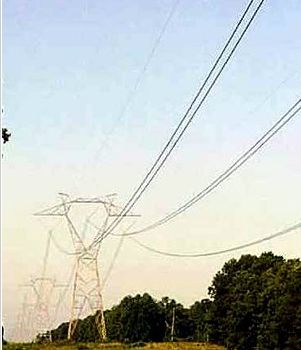
The introduction of new electrical users such as electric cars are keeping electrical rates on the radar screen. I tend to agree with Elon Musk that this will cause the electric utility industry to expand their infrastructure. Usually changes like this are accompanied with an increase in rates. Most businesses will be pressured to consider actions that will control the cost increase. Reducing demand charges is one of the best ways to continue to obtain the energy needed at a more affordable cost.
“Saving Money by Understanding Demand Charges on Your Electric Bill” — This Tech Tip explains demand charges, how they are calculated, why we need to monitor them, and what we can do to lower them. Demand–related charges usually represent 30 to 70 percent of most commercial customers’ electric bills. Electrical demand in some parts of the Nation stretched the capabilities of electrical generating and transmission systems during the summer of 1999″ Dave Dieziger, Project Leader US Department of Agriculture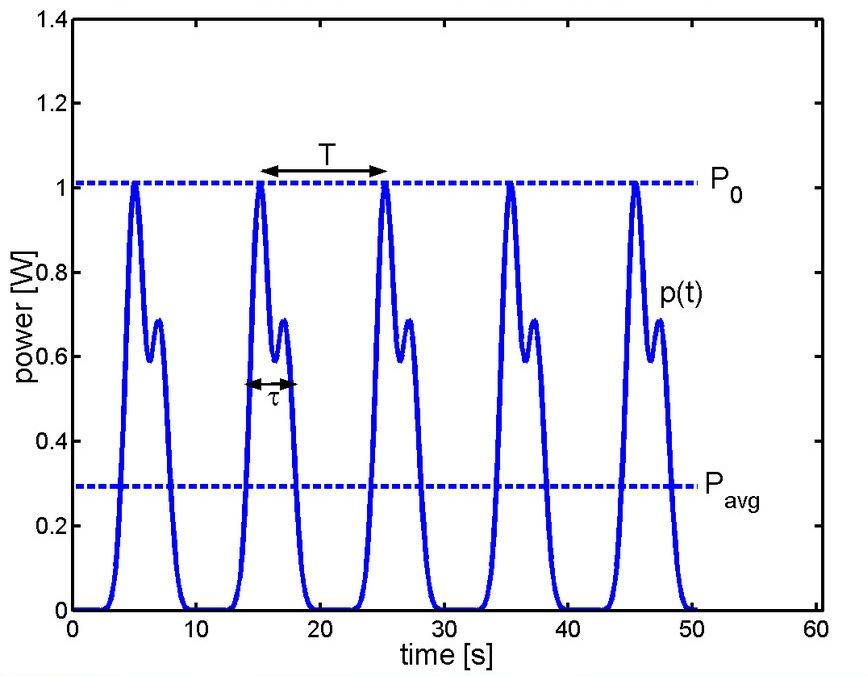
Many process cells have a spike load which is much higher than the average load. This fact opens the door for reducing demand charges
Leveling the peaks- The size of the wires (and generating equipment) is directly related to the maximum demand that your equipment requires. Historically we had few affordable options for reducing the peak. With the advance of modern computerized electronics, better options exist. In a recent installation a soft start on a 200HP motor proved very cost effective. 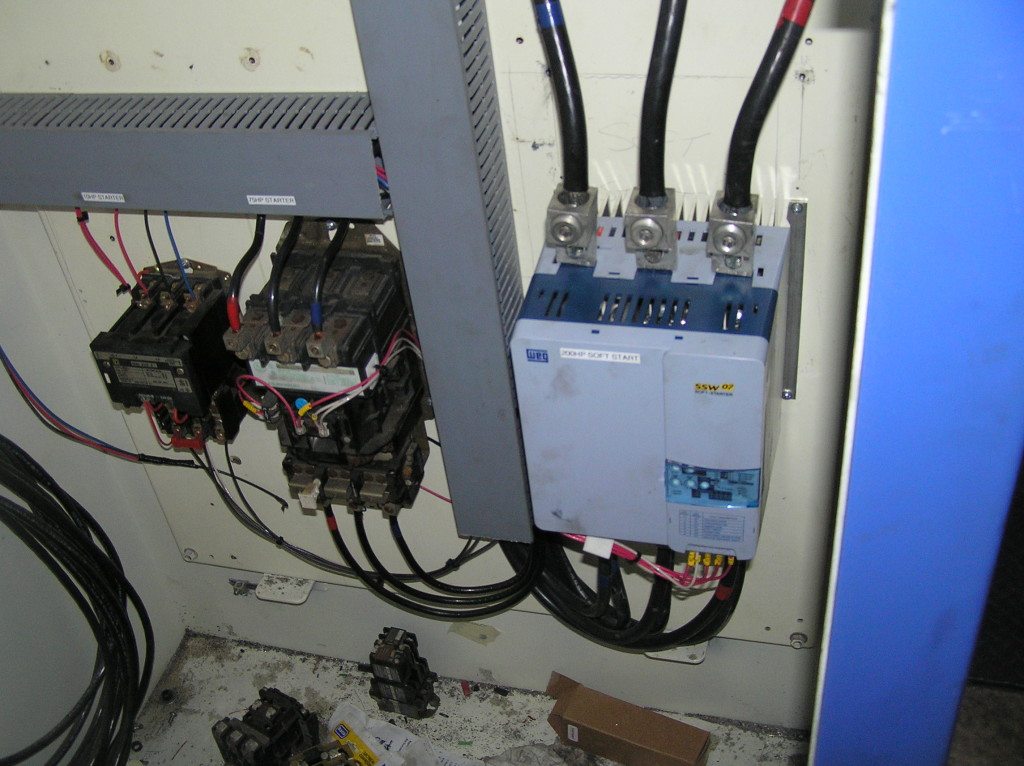 Even discounting the future energy saving, it was possible to cover the extra cost simply by reducing the size of the wires feeding the machine. It is interesting that more than the power company is concerned with wire size.
Even discounting the future energy saving, it was possible to cover the extra cost simply by reducing the size of the wires feeding the machine. It is interesting that more than the power company is concerned with wire size.
Automation is becoming a popular business survival technique. Virtually all automation requires electric power. The wires feeding an existing cell (or transformer feeding the plant) may not be sized to support added automation or robots and handle the spike loads. In many cases it is cost effective to reprogram the PLC computer running the cell to level out the spikes. This frees amperage to run the added automation. In the die cast rebuild I accomplished last year this turned out to be nothing more than adding program steps to insure that all users did not grab power simultaneously. 100 amps out of 450 amps became available for auxiliaries. Yes a slight increase in cycle time for this change occurred. After I was done, this cell in total had a quicker total cycle time because I overlapped other actions.
Filling in the valleys – We are seeing process controllers, software, tooling and equipment evolve to the next technology level. In mold making this can be disruptive. Historically we we pleased when the cutter path software could simply create the shapes. We used large margins to insure that power demand did not exceed the supply. Most of the time the mill motors were barely off of their minimum power. 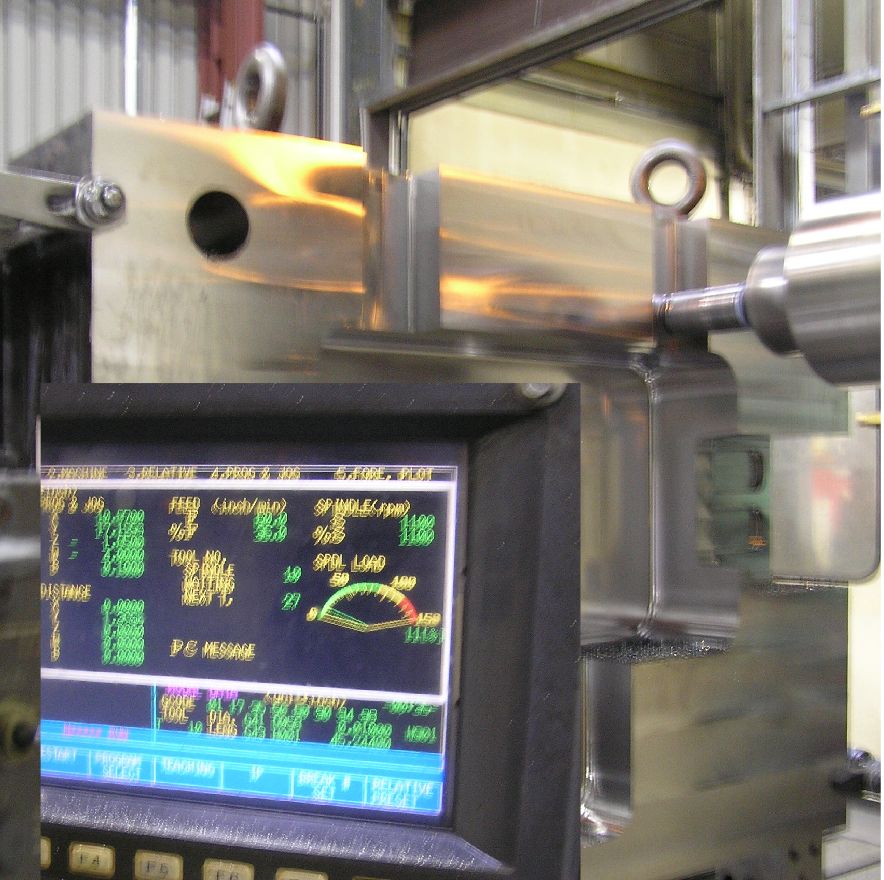
Recent advances in milling cutters and driving software have made it possible to stay at 70% spindle power instead of 10%. The reduction in time from 3 days to 1 for removing the 6000 lbs of chips to create a mold holder is disruptive to the CNC build marketplace. The CNC machine builders will have to adjust to selling less machines.
Storing energy – Many hydraulic powered machines use accumulators to store energy and balance demand. The original equipment builders in many cases did not work with the end user to optimize this storage. 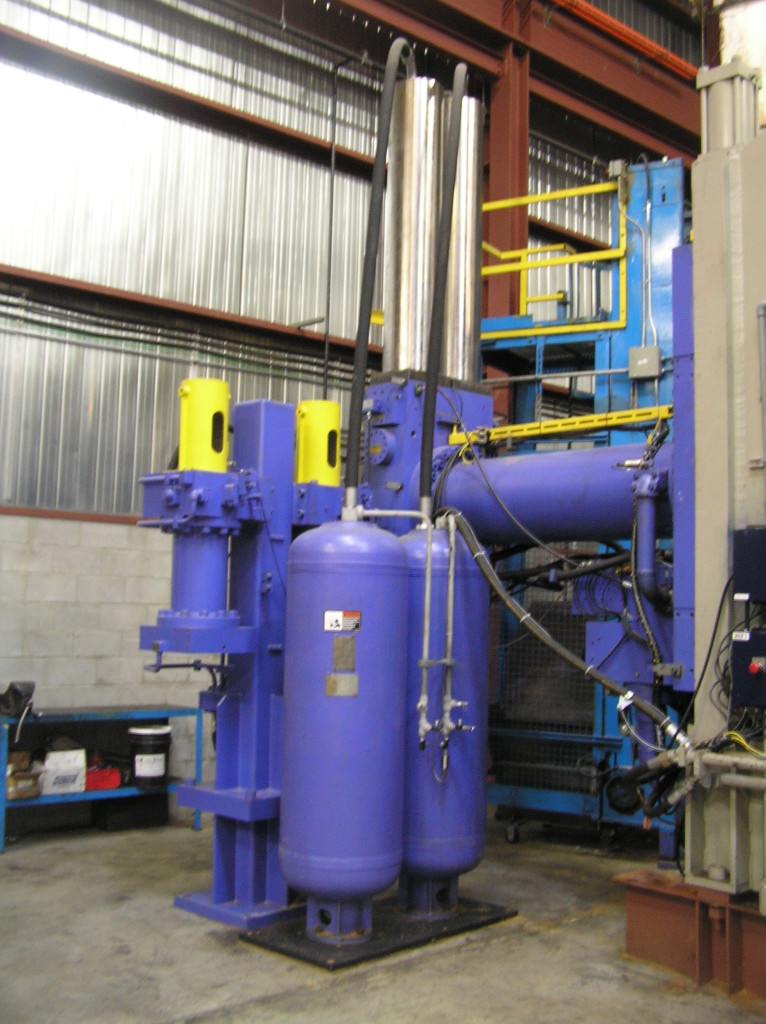
My recent rebuild at Canadatum showed that it is possible to level the power usage of the machine by paying careful attention to the timing of the recharge.
Combined together engineered power management has can knock 10% or more off of the power bill.
Mechanic Shortage
We probably will see an end to the Mechanic shortage when the little Greysons of the world enter the workforce. In the interim the retiring baby boomer multi-craft maintenance technicians are leaving a big hole in the workforce. It would be nice to think that the workers entering the market could instantly fill the hole. The reality is that the retiring workers gathered their broad spectrum skill over a lifetime in the field. As a double whammy the adoption of automation as a solution to other competitive issues has expanded the need for maintenance mechanics.
Most people still in the manufacturing game are well aware of the problem. The question is what to do about it. I have elected to list a few avenues to consider.
1) Factory rebuilds. Ralph Nader in his ignorance made planned obsolescence a generally known term. As engineers we are proud of our ability to design products with a known lifetime. This term can be good or bad depending on whether you are trying to use mechanical items beyond their design life. Smart business people recognize the benefit of rebuilding back to better than new on a planned schedule. For example the life expectancy of the first rebuild of a diesel 18 wheel truck engine exceeds the life of the original engine. Trying to staff enough maintenance talent on the third shift or weekend to keep equipment past its planned life running is a losing battle
2) Offsite maintenance. The thing I like best about Kiva Robots is their interchangeability. If you are automating a warehouse it is not necessary to hire a large staff of robot mechanics. These items can be sent offsite and quickly replaced with identical replacements. Many industrial trucks and lift trucks fit into the same category. Contrast this with central conveyor systems that shut the plant down if any section is not operational.
3) Autonomous Maintenance. In today’s lean environment we have to get past the notion that only maintenance craftsmen are capable of keeping the plant running. Operators know their work area best. Systems can be put in place to guide each operator in performing actions which prolong equipment life and improve uptime.
4) 5S. Shine is a key factor in keeping equipment operating reliably. Many times a repair is nothing more that cleaning within the mechanisms. The time for making a repair is diminished if the mechanic does not also have to clean the outside.
5) Team maintenance. Scarce multicraft technicians are a lot more productive if they have an assigned helper. This effective strategy also is helpful is broadening the skills of apprentices.
6) Scheduled Maintenance Free. Smart business people are purchasing items that require less maintenance. I was talking to a Tesla owner who only changed tires after three years of heavy driving. This is possibly why they do not need a dealer network. Wesley an industrial truck builder changed to flat-free aperature tires and maintenance free batteries to offer a vehicle without scheduled maintenance.
7)HMI. (Human Machine Interface) Much the same way that it is next to impossible to fix your car without obtaining the error codes, the computers attached to modern production equipment need to identify what is wrong.



